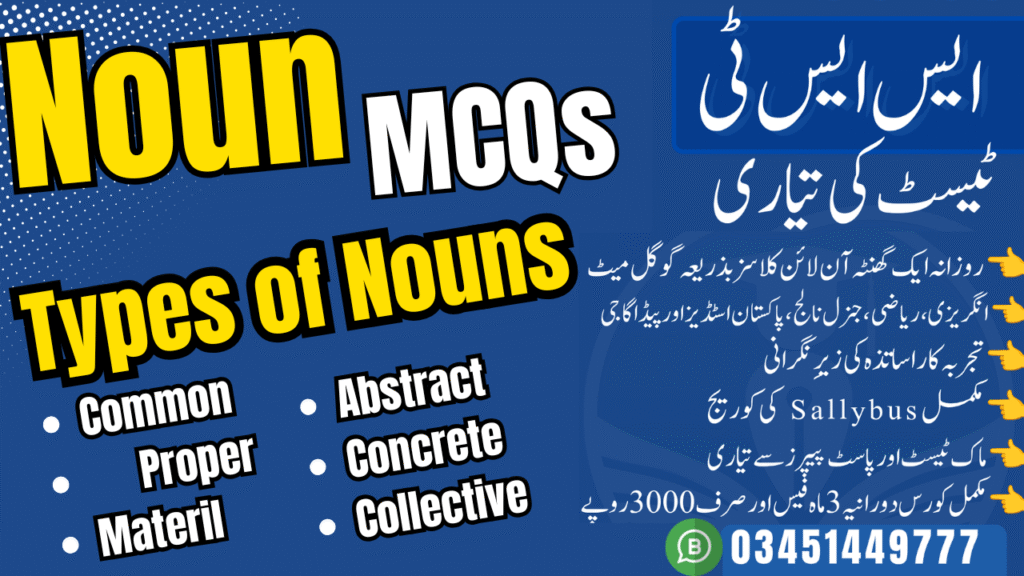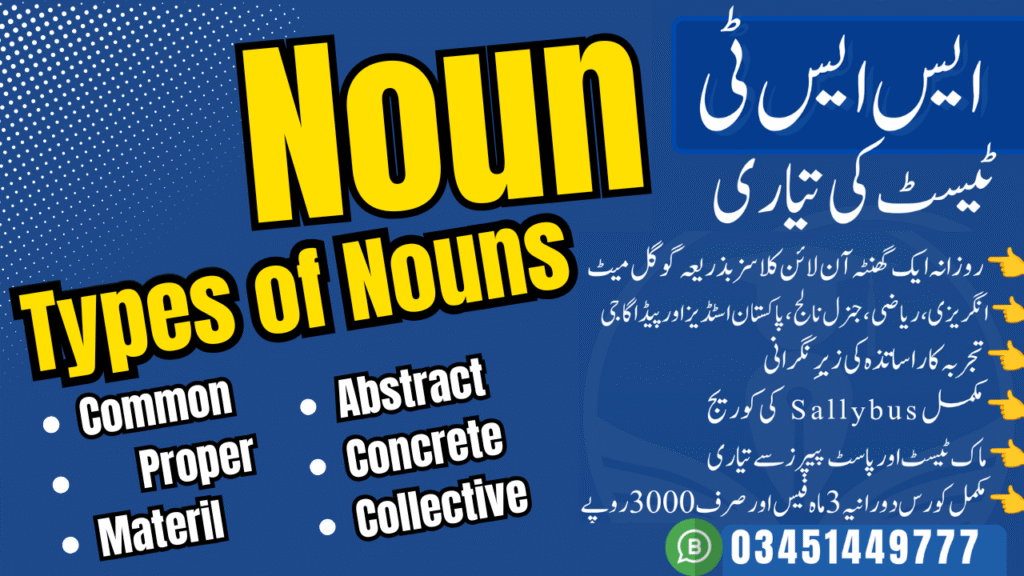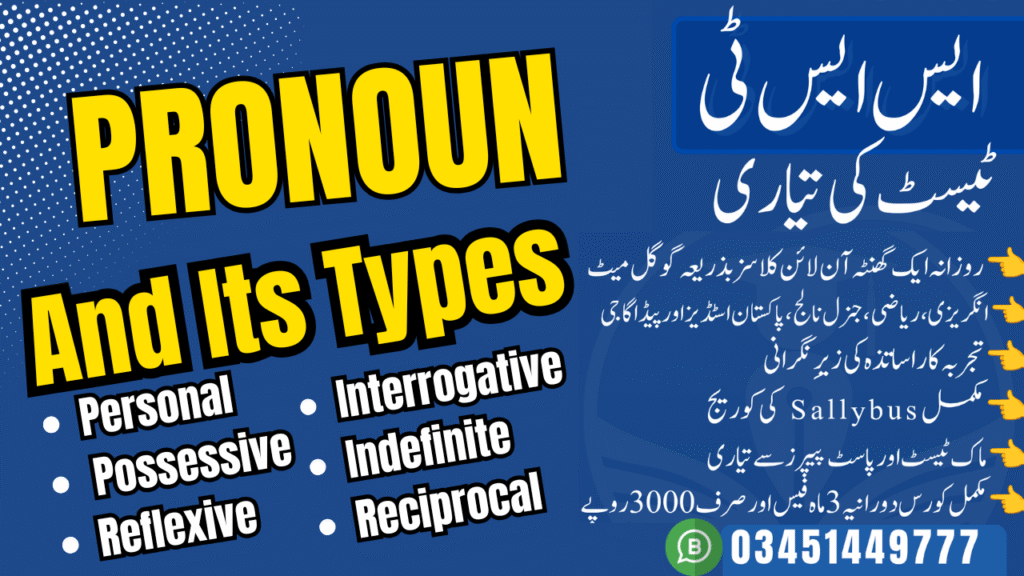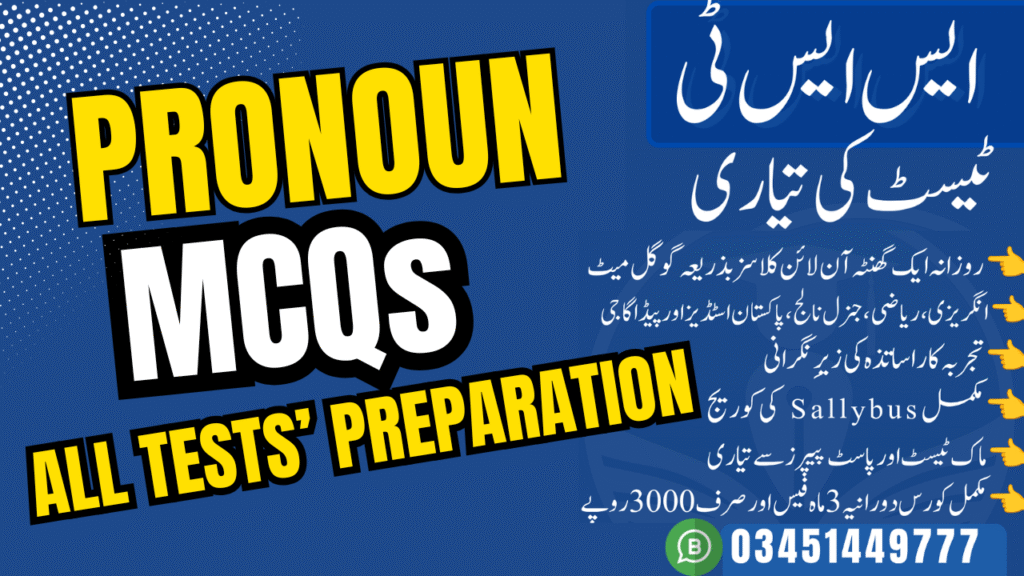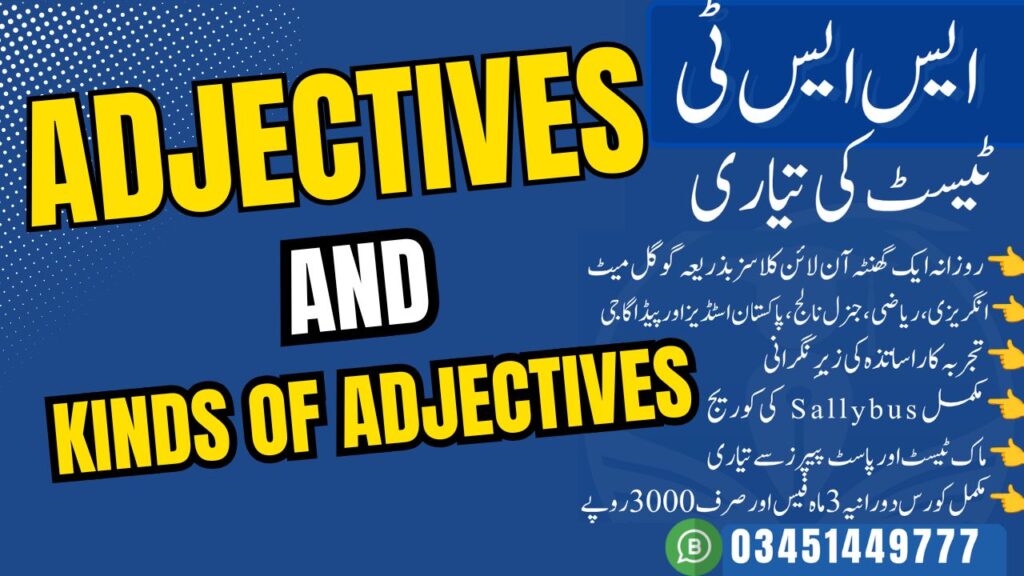Think of tenses as the backbone of the English language. They are the fundamental element that gives our sentences structure, clarity, and meaning. Without a solid understanding of tenses, our communication can become confusing, even “absurd” Knowing about tenses allows you to describe actions at different points in time, convey information clearly, and build the kind of complex, sophisticated sentences that mark a fluent speaker.
- So, what exactly is a tense?
In simple terms, tense is a grammatical category that expresses time reference—it tells us when an action or state of being occurs. We generally think of time in three main frames: the Past, the Present, and the Future.
Today, our goal is to build a powerful foundation. We will start by looking at the big picture of the English tense system, and then we will dive deep to achieve complete mastery of the most fundamental tense of all—the Present Simple, which you might also know as the Present Indefinite.
Tenses in English: A Complete Guide to the Present Simple (Present Indefinite)
Before we can dive deep into any single tense, we need to understand the system it belongs to. Many students find English tenses confusing because they are often taught as a list of 12 separate rules to memorize. This is overwhelming and inefficient. The secret to truly understanding them lies in grasping two key concepts:
- Tense and Aspect.
What is Tense?
- The ‘When’ of an Action
Tense is the grammatical feature of a verb that places an action or state in time. This is usually shown through changes in the verb’s form, a process called conjugation. For example, we add ‘-ed’ to the verb ‘walk’ to create its past form, ‘walked.
Now, here is a crucial point that often surprises learners: from a strict linguistic perspective, English only has two morphological tenses—that is, tenses that are shown by changing the verb itself. These are:
- The Present Tense: I work.
- The Past Tense: I worked.
- You might be asking, “What about the future?”
The future in English is not expressed by changing the verb’s form but by using auxiliary (helper) words, most commonly modal verbs like ‘will’ or constructions like ‘be going to’.
So, while we talk about three time frames (past, present, future), the way they are formed grammatically is different. Understanding this distinction is the first step toward a deeper knowledge of the system.
What is Aspect?
- The ‘How’ of an Action
This is the second, equally important piece of the puzzle. If tense tells us when an action happens, aspect tells us how that action is viewed in relation to time. It describes the duration, completion, or frequency of the action. Think of it as adding texture and detail to the timeline.
English has four aspects:
- Simple Aspect: This aspect views an action as a complete, whole event or fact. It doesn’t focus on the duration or whether it’s in progress; it simply states that it happens. Imagine it as a single, complete photograph of an event.
- Continuous (or Progressive) Aspect: This aspect views an action as ongoing, unfolding, or in progress over a period of time. It emphasizes the duration of the activity. Imagine this as a video clip showing the event as it’s happening.
- Perfect Aspect: This aspect connects two different points in time. It views an action as completed before another time or event, highlighting its relevance or effect on that later point. Imagine looking back at a completed event from a later viewpoint.
- Perfect Continuous Aspect: This aspect combines the features of the perfect and continuous aspects. It focuses on the duration of an ongoing action up to a specific point in time. Imagine watching a video of an event that started in the past and continues right up to the present moment.
The reason so many learners struggle is that they are asked to memorize a list of 12 tenses without being shown the simple, logical system that creates them. The so-called “12 tenses” are not 12 different things; they are the logical combinations of the 3 time frames (Tense) and the 4 ways of viewing an action (Aspect).
When you understand this 3 x 4 structure, you move from confusing memorization to logical understanding. For example, the difference between “I work” and “I am working” is not a difference in tense—both are in the Present Tense. The difference is in their aspect: Simple versus Continuous.
The 12 Tenses of English: An Overview
Let’s visualize this system. This table shows how the three tenses and four aspects combine to form the 12 verb structures we use in English.
| Simple Aspect | Continuous Aspect | Perfect Aspect | Perfect Continuous Aspect | |
| Present Tense | Present Simple.He works. | Present Continuous. He is working. | Present Perfect.He has worked. | Present Perfect Continuous. He has been working. |
| Past Tense | Past Simple He worked. | Past Continuous He was working. | Past Perfect He had worked. | Past Perfect Continuous He had been working. |
| Future Tense | Future Simple He will work. | Future Continuous He will be working. | Future Perfect He will have worked. | Future Perfect Continuous He will have been working. |
Part 2: Present Simple Tense
- یہ سڑک کہاں جاتی ہے؟
- عام معمول : وہ روزانہ صبح چھ بجے جاگتا ہے
- سچائی : سورج مشرق سے نکلتا ہے۔
- پیشہ یا مستقل حالت: وہ ایک ہسپتال میں کام کرتا ہے۔
- منصوبہ بندی شدہ مستقبل: ٹرین شام پانچ بجے روانہ ہوتی ہے۔
- عام معمول: ہم ہر ہفتے بازار جاتے ہیں۔
- سچائی : مچھلیاں پانی میں زندہ رہتی ہیں۔
- کھیلوں کی کمنٹری: کھلاڑی تیزی سے بھاگتا ہے اور گول کرتا ہے۔
- مستقل حالت : مجھے بریانی بہت پسند ہے۔
- عام معمول : وہ روزانہ اپنی دادی سے فون پر بات کرتی ہے۔
- سچائی : چاند زمین کے گرد گھومتا ہے۔
Present Simple (or Present Indefinite) Tense
The Present Simple is the most basic and frequently used tense in English. Its primary function is to describe actions, states, and situations that are not necessarily happening at this exact second, but are true in general. We use it to talk about habits, routines, unchanging situations, and general truths.
It is also known as the Present Indefinite. This alternative name is incredibly helpful because it highlights a key feature of the tense: the actions are often not tied to a definite moment in time. They are timeless or occur over an indefinite period.
The Structure of the Present Simple
Let’s break down the rules for forming this tense. It’s quite simple, but there is one very important rule you must master.
Affirmative Sentences
The basic structure for a positive (affirmative) sentence is:
Subject + Base Verb (+ s/es for 3rd person singular) + Object
For the subjects I, you, we, and they (and any plural noun, like the students), we use the base form of the verb. This is the verb’s simplest form, the one you would find in a dictionary (e.g., work, play, eat, go).
- I work in an office.
- You play basketball once a week.
- We live in the city.
- They visit us often.
The Third-Person Singular Rule: Mastering the ‘-s’, ‘-es’, and ‘-ies’
This is the most important rule of the Present Simple and the source of the most common mistakes for learners. In English grammar, the verb must “agree” with its subject in number.
For third-person singular subjects—that is, he, she, it, or any singular noun like the dog, my mother, Sarah—we must add an ending to the verb. The spelling of this ending depends on how the verb itself ends.
| Rule | Example Verb Ending | Example Sentence |
| For most verbs, add -s. | work → works run → runs | She works in a bank. |
| For verbs ending in -s, -ss, -sh, -ch, -x, -z, -o, add -es. | watch → watches fix → fixesgo → goes | He watches TV in the evening. |
| For verbs ending in a consonant + y, change -y to -ies. | study → studies try → tries | She studies English every day. |
| Exception: For verbs ending in a vowel + y, just add -s. | play → plays enjoy → enjoys | He enjoys playing the piano. |
There are also a few key irregular verbs you must memorize:
- have → has (She has a car.)
- do → does (He does his homework.)
- go →goes (It goes very fast.)
Using ‘Don’t’ and ‘Doesn’t’
To make a negative sentence in the Present Simple, we need a helper verb, which is called an auxiliary verb. For this tense, our helper verb is ‘do’.
The structure is: Subject + do/does + not + Base Verb + Object
- For I, you, we, they, we use do not, which is usually contracted to don’t.
- I don’t like coffee.
- They don’t work on Fridays.
- For he, she, it, we use does not, which is usually contracted to doesn’t.
- He doesn’t watch TV.
- She doesn’t live in London.
Asking Questions: Using ‘Do’ and ‘Does’
The same auxiliary verb ‘do’ is used to ask questions.
For Yes/No questions, the structure is: Do/Does + Subject + Base Verb + Object?
- Do you want some advice?
- Does she enjoy reading?
For WH- questions (using words like what, where, when, why, how), the structure is: WH- Word + Do/Does + Subject + Base Verb + Object?
- Where do you work?
- When does the train leave?
One of the biggest challenges for students is remembering to handle the third-person singular ‘-s’ correctly in negatives and questions. A very common mistake is to keep the ‘-s’ on the main verb after using ‘does’ (e.g., “Does he works?”). Here is a simple way to remember the rule:
Think of the ‘-s’ as a special marker for ‘he, she, it’. This marker can only appear once in the verb phrase.
- In a positive sentence, it sits on the main verb: He works.
- When you make a negative or question, you bring in the helper verb ‘do’. The special ‘-s’ marker jumps from the main verb onto ‘do’, changing it to does. The main verb then goes back to its original base form.
- He doesn’t work. (The ‘-s’ is on ‘does’)
- Does he work? (The ‘-s’ is on ‘does’)
Remember, the ‘-s’ can only be in one place at a time!
The Verb ‘to be’ (am, is, are)
The verb ‘to be’ is the most common verb in English, and it is highly irregular. It is a special case because it does not use the auxiliary verbs ‘do’ and ‘does’.
- Conjugation: I am, you are, he/she/it is, we are, they are.
- Negatives: Formed by adding ‘not’ after the verb.
- She is not (isn’t) a teacher.
- They are not (aren’t) ready.
- Questions: Formed by inverting the subject and the verb.
- Is she a teacher?
- Are they ready?
Table: Present Simple Formation Summary
This table provides a complete “cheat sheet” for all the rules we’ve just discussed.
| Subject | Sentence Type | Regular Verbs (e.g., work) | Verb ‘to be’ |
| I / You / We / They | Affirmative (+) | Subject + base verb They work. | Subject + am/are I am. / They are. |
| Negative (-) | Subject + don’t + base verb They don’t work. | Subject + am/are + not I am not. / They aren’t. | |
| Question (?) | Do + subject + base verb? Do they work? | Am/Are + subject? Am I? / Are they? | |
| He / She / It | Affirmative (+) | Subject + base verb + s/es She works. | Subject + is She is. |
| Negative (-) | Subject + doesn’t + base verb She doesn’t work. | Subject + is + not She isn’t. | |
| Question (?) | Does + subject + base verb? Does she work? | Is + subject? Is she? |
When and Why to Use the Present Simple
Now that we know how to build the Present Simple, let’s explore in detail when and why we use it. The key to understanding its various functions lies in its alternative name: the Present Indefinite. We use this tense for things that are true in general, over an indefinite or timeless period, rather than just at this specific second.
- Daily Routines and Habits
This is the most common and recognizable use of the Present Simple. We use it to describe actions that are repeated regularly, as part of a routine or habit.
To signal this, we often use adverbs of frequency and other time expressions:
- Adverbs of Frequency: always, usually, often, sometimes, rarely, never, frequently, regularly.
- Time Expressions: every day, every week, once a month, twice a year, on Mondays, in the morning.
Examples:
- I wake up at 7 AM every morning.
- She only eats fish.
- They watch television regularly.
- He often visits his grandparents.
- General Truths and Scientific Facts
We use the Present Simple to state things that are universally true, scientific facts, or accepted realities that do not change.
Examples:
- The Earth revolves around the Sun.
- Water freezes at zero degrees Celsius.
- The human body contains 206 bones.
- Lions hunt at night.
- Permanent or Long-Term Situations
This use covers states, situations, emotions, and wishes that we consider to be permanent or true for a long time.
Examples:
- I work in London. (This is my permanent job.)
- He lives in a big city.
- She speaks Spanish fluently. (This is a skill she has.)
- My grandparents live in a village.
- Scheduled Future Events & Timetables
This is a use that often confuses students. We can use the Present Simple to talk about the future, but only when the event is part of a fixed schedule or timetable, like public transport, school terms, or official events. Using the Present Simple here implies that the event is a certainty, a fixed fact based on a schedule.
Examples:
- The train leaves at 5 PM tomorrow.
- Your exam starts at 9:00 AM next Tuesday.
- Our holiday starts on the 26th of March.
- The plane arrives at 18:00 this evening.
- Stative Verbs (Verbs of Being, Not Doing)
Some verbs describe states, not actions. These are called stative verbs. They refer to thoughts, emotions, senses, possession, and measurements. Because a “state” is a condition and not an action that can be “in progress,” these verbs are almost always used in the Simple tenses, not the Continuous tenses.
Examples:
- Thoughts/Opinions: I think you are right.
She knows the answer.
I believe in ghosts. - Feelings/Emotions: I love this song!
He wants a new phone.
They prefer tea. - Senses: This coffee smells good.
It seems cold outside.
You look tired. - Possession: This book belongs to me.
We have a car.
The box contains food.
- Instructions, Storytelling, and Proverbs
The Present Simple has a few other interesting uses:
- Instructions and Directions: When giving a set of instructions, we often use the Present Simple.
- You walk for 200 meters, then you turn left.
- First, you open the packet and pour the contents into hot water.
- Storytelling (The Historic Present): To make a story about the past more dramatic and immediate, speakers sometimes switch to the Present Simple.
- I was walking down the street when suddenly, this man comes up to me and tells me he has lost his wallet…
- Proverbs and Sayings: A fantastic way to remember how the Present Simple is used for general truths is to look at English proverbs. Proverbs are wise sayings that express a timeless, general truth, so they almost always use the Present Simple. Learning them helps you internalize the feel of the tense in a natural, authentic way.
- Actions speak louder than words.
- The early bird catches the worm.
- A rolling stone gathers no moss.
- Honesty is the best policy.
Common Confusions
Understanding the Present Simple also means knowing when not to use it. Let’s tackle the most common areas of confusion for students.
Present Simple vs. Present Continuous: Permanent vs. Temporary
This is the most critical distinction for learners to master. The choice between these two tenses changes the meaning of your sentence entirely.
The core difference is:
- Present Simple → Permanent: Used for permanent states, habits, routines, and facts.
- Jamal lives in Swat. (This is her permanent home.)
- Present Continuous → Temporary: Used for temporary actions happening right now, around the current time, or for future arrangements.
- Jamal is living in New Haven for the summer. (This is a temporary situation.)
The best way to truly feel this difference is by looking at verbs that can be both stative and dynamic (action verbs). The meaning of the verb changes depending on the tense you use. This makes the abstract rule of “permanent vs. temporary” very concrete and clear.
- Think:
- I think it’s a good idea. (Stative – my opinion, a state of mind)
- I am thinking about my holiday. (Dynamic – the mental action of considering something)
- Have:
- I have a car. (Stative – possession)
- I am having lunch. (Dynamic – the action of eating)
- Taste:
- This soup tastes great. (Stative – the quality of the soup)
- The chef is tasting the soup. (Dynamic – the action of testing the flavor)
Present Simple vs. Present Continuous
| Feature | Present Simple | Present Continuous |
| Primary Usage | Habits, routines, facts, permanent situations | Actions happening now, temporary situations |
| Form | Base verb (+s/es) | am/is/are + verb-ing |
| Signal Words | always, usually, every day, never, often | now, right now, at the moment, currently |
| Example (Habit vs. Now) | I read a book every night. | I am reading a book right now. |
| Example (Permanent vs. Temporary) | He works for a bank. | He is working on a new project this week. |
| Example (Stative vs. Dynamic) | She has two brothers. (Possession) | She is having a party. (Action) |
Present Simple vs. Present Perfect
Another, less common, point of confusion is with the Present Perfect. The difference is quite clear:
- Present Simple: Describes a current routine or habit.
- He goes to the office every day.
- Present Perfect: Describes a recently completed action that is relevant now, or an action within an unfinished period of time.
- He has just gone to the office. (He left recently and is not here now.)
We will cover the Present Perfect in detail in a future lesson, but for now, remember that Present Simple is for the routine, and Present Perfect is often for the result of a recent action.
Practice and Review
Knowledge becomes a skill only through practice. Let’s review some common errors and then test your understanding.
Common Mistakes to Avoid
Here is a checklist of the most frequent mistakes students make with the Present Simple. Be sure to watch out for these in your own speaking and writing.
- Mistake 1: Forgetting the third-person singular ‘-s’.
- Incorrect: She walk to school.
- Correct: She walks to school.
- Mistake 2: Using the Present Simple for an action happening at the moment of speaking.
- Incorrect: Look! He runs!
- Correct: Look! He is running!
- Mistake 3: Incorrectly forming negatives or questions.
- Incorrect: He no like coffee. / He not like coffee.
- Correct: He doesn’t like coffee.
- Mistake 4: Keeping the ‘-s’ on the main verb in negatives and questions.
- Incorrect: Does he works here? / She doesn’t works here.
- Correct: Does he work here? / She doesn’t work here.
- Mistake 5: Using the continuous form with stative verbs.
- Incorrect: I am knowing the answer.
- Correct: I know the answer.
Let’s Practice!
Now it’s your turn! Choose the correct option to complete each sentence.
- My brother is a chef. He __________ delicious food.
a) cook
b) cooks
c) is cooking - Water __________ at 0 degrees Celsius.
a) freeze
b) is freezing
c) freezes - “Where __________?” “In a small apartment near the city center.”
a) you live
b) do you live
c) does you live - I’m busy right now. I __________ an important email.
a) write
b) am writing
c) writes - She __________ to the gym on weekends.
a) don’t go
b) doesn’t goes
c) doesn’t go - Excuse me, __________ this train go to London?
a) do
b) is
c) does - He __________ a very busy schedule, so he rarely has free time.
a) have
b) has
c) is having - I __________ you are wrong. This answer seems incorrect.
a) am thinking
b) think
c) thinks - The shops in my town __________ at 9 PM.
a) closes
b) close
c) are closing - My parents __________ in this house for over thirty years.
a) live
b) are living
c) lives
Quiz Answers: 1-b, 2-c, 3-b, 4-b, 5-c, 6-c, 7-b, 8-b, 9-b, 10-a
Challenge Corner: Wisdom in the Present Simple
Here are some famous English proverbs. Can you explain what each one means and why the Present Simple is the perfect tense to express this idea?
- A watched pot never boils.
- Birds of a feather flock together.
- The squeaky wheel gets the grease.
- Curiosity killed the cat. (Note: This is in the Past Simple, but its meaning is a general truth. Why do you think that is?)
- Every cloud has a silver lining.
Let’s quickly recap the most important points:
- The Present Simple is used for habits, routines, general truths, and fixed schedules.
- The golden rule is to remember the third-person singular ‘-s’ for he, she, and it.
- We use the auxiliary verbs ‘do’ and ‘does’ to form questions and negatives.
- We use the Present Continuous for actions that are temporary or happening right now.
d
📧 teachinglicence@gmail.com | 📞 +92-345-1449777
Mastering grammar is a journey, not a race. The key is consistent practice. Start noticing the Present Simple everywhere—in articles you read, songs you hear, and movies you watch. Most importantly, try to use it. Talk about your day, your habits, and your opinions. That is how you will truly make it your own.
Thank you for joining me today at ZONE OF EDUCATION. I’m Arshad Yousafzai, and I look forward to seeing you in our next lesson, where we will explore the Present Continuous tense in more detail. Keep practicing, and keep learning!

